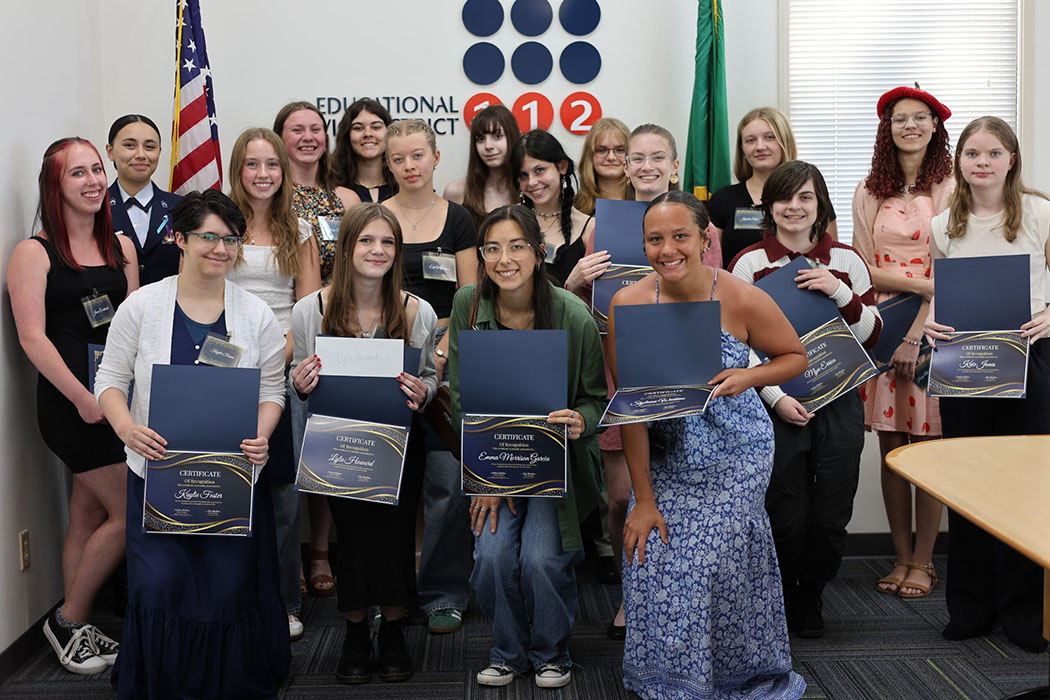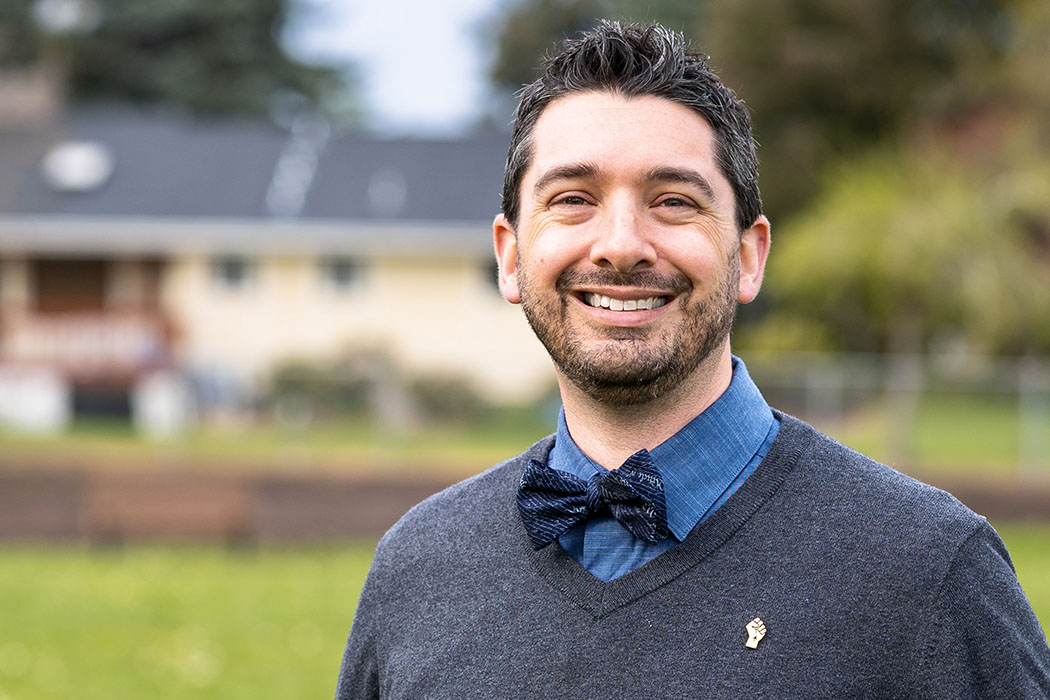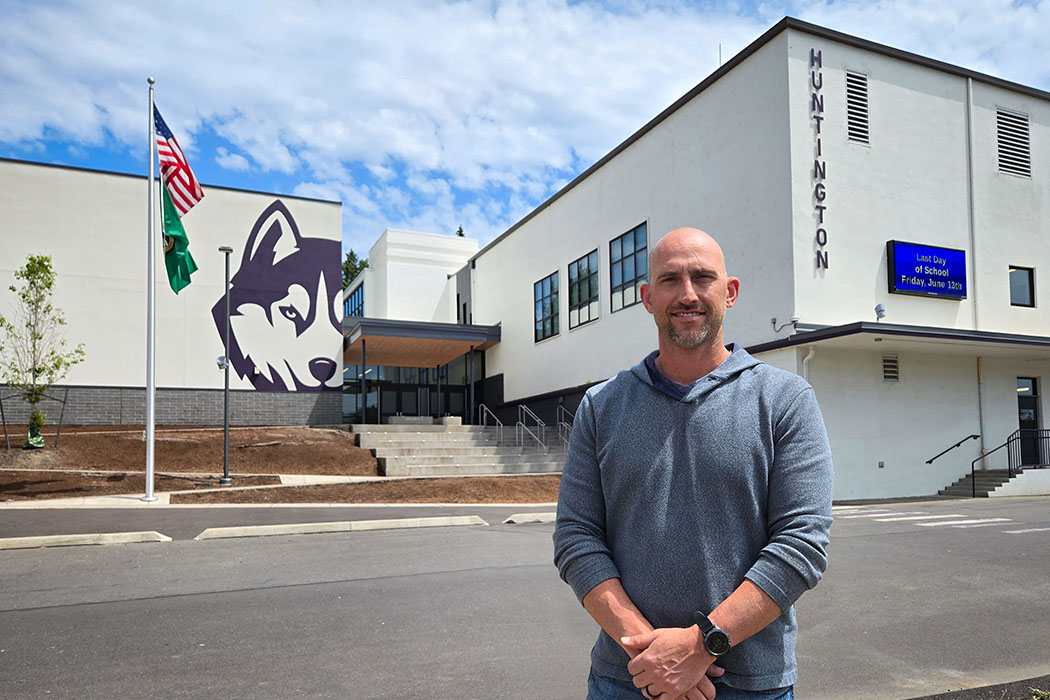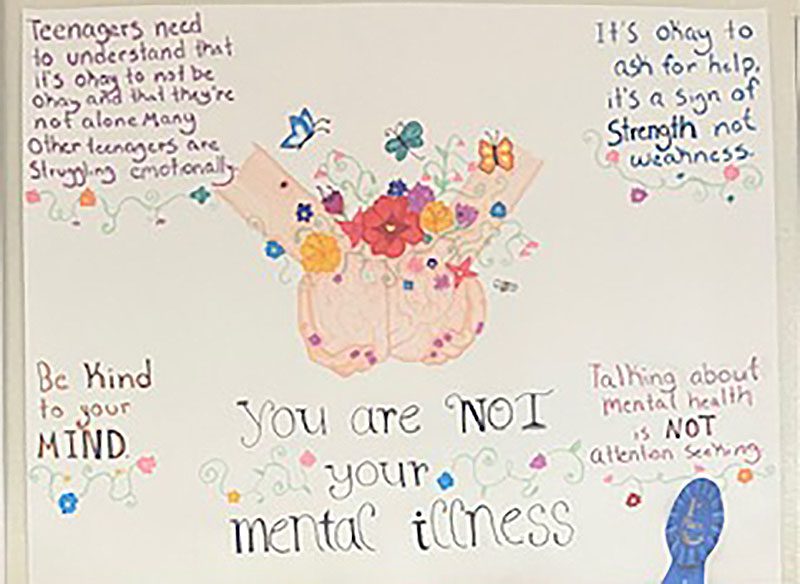Coordination & Support for Healthy Schools and Students
About
About Public Health Coordination
The Regional School Safety Center works collaboratively with the AESD Network, the Department of Health, and OSPI to support statewide PreK-12 COVID-19 response and mitigation efforts, address other emerging infections and conditions of a public health significance, and coordinate recovery and post-pandemic planning efforts among local education agencies. We work closely with the School Nurse Corps, Prevention and Intervention Services Programs, and Local Health Jurisdictions.
Services we provide
- Technical assistance to support public health initiatives that lay the foundation for future public health response.
- Support with pandemic and post-pandemic planning, response, and recovery activities, including prevention and mitigation strategies.
- Connections to resources and best practice models.
- Facilitate connections among schools and regional public health partners.
- Function as regional conveyors of public health information and feedback.
Resources
Public Health Resources
- Washington State Department of Health webpage for Schools
- Healthy Youth Survey
- L&I Basic COVID-19 Guidance for All Workplaces
- Naloxone
- National Wastewater Surveillance System
- OSPI Health & Safety webpage
- Smoke from Fires Took Kit Page
- Stop the Bleed
- Teens and Firearm Safety Info Sheet
- Washington Children and Youth Activities Guide for Air Quality
Who to Contact
Who to Contact
Read the latest news
- May, 2025 Regional School Safety Center News Spring 2025
- February, 2025 Regional School Safety Center News Winter 2025
- November, 2024 November Regional School Safety Center News
- September, 2024 Regional School Safety Center News
- June, 2024 Regional School Safety Center News Summer 2024
- March, 2024 Regional School Safety Center News Spring 2024
- January, 2024 You're Invited! Regional Forum on Standard Response Protocol
- December, 2023 Regional School Safety Center News Winter 2023-24
- September, 2023 Regional School Safety Center News
Newsletter Signup
If you’d like to receive updates about the RSSC and services, please provide your information below.






 ESD 112 equalizes educational opportunities for learning communities through innovative partnerships, responsive leadership, and exceptional programs.
ESD 112 equalizes educational opportunities for learning communities through innovative partnerships, responsive leadership, and exceptional programs.